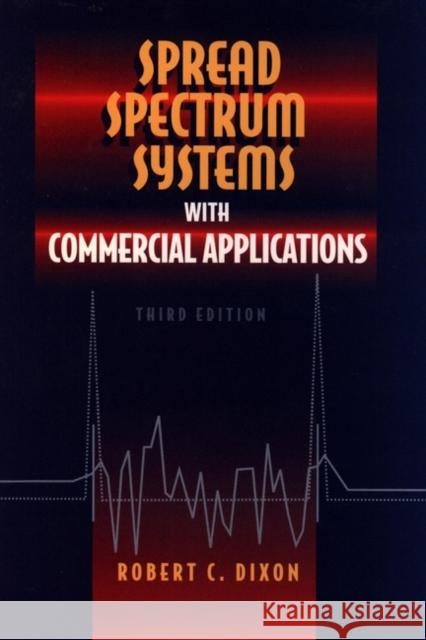Spread Spectrum Systems with Commercial Applications » książka
Spread Spectrum Systems with Commercial Applications
ISBN-13: 9780471593423 / Angielski / Twarda / 1994 / 592 str.
The first spread spectrum challenge was answered by the original communicator to schedule a time for sending and receiving messages because of heavy "traffic" or the desire to avoid interception. Today, spread spectrum systems are a unique blend of analog and digital technology answering an ever increasing range of military, commercial, and consumer communications, data transmission, message privacy, signal hiding, and position location challenges. For nineteen years telecommunications, electrical, and electronics engineers looking for a thoroughly practical, self-contained guide to this important field have turned here. Now this new edition offers... Complete coverage of the latest commercial applications, including everything from direct sequence versus frequency hopping, operation below ambient noise level, error correction coding, near-far performance, linear signal requirements, and synchronization. A full CDMA guide that features discussion of the number of signals in a bandwidth, frequency division multiplex, time-division multiplex, code division multiple access, receiver sensitivity, multipath rejection, direct sequence, fading rate, and more. A new section on the testing and evaluation of spread spectrum systems, including techniques for monitoring sensitivity, selectivity, jamming margin, synch acquisition, loss of synchronization, S/N ratio versus interference level, process gain, cross correlation, transmitter measurements, and more. Three new appendices covering typical error correction coding integrated circuits; typical integrated circuit frequency synthesizers; and spread spectrum's effect on standard microwave communications links. Continuing the freedom fromburdensome mathematical rigor and precedence that made the previous editions of this practical presentation of the technology so popular, the Third Edition is assured of its place as one of the most useful working references for a wide range of engineers.











